By Katie Lange
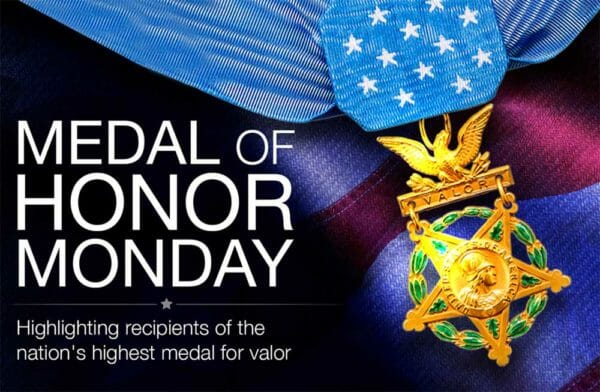
USA – -(AmmoLand.com)- Marine Corps Lt. Col. Harold W. Bauer was an ace pilot whose actions during World War II were instrumental to winning one of the Pacific’s greatest battles. While he eventually went down with his aircraft, his leadership and bravery in the preceding months earned him the Medal of Honor.
Marine Corps Lt. Col. Harold W. Bauer, Medal of Honor recipient.
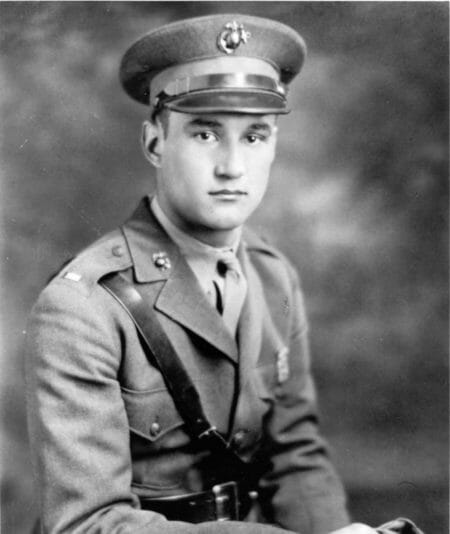
Bauer was born Nov. 20, 1908, in Woodruff, Kansas, but his parents eventually moved him, his two brothers, and his two sisters to Alma, Nebraska, where they grew up. After high school, Bauer attended the Naval Academy, where he excelled academically and in sports; he played football, basketball, and lacrosse.
Bauer graduated in June 1930 and was commissioned into the Marine Corps. His first few years of service were spent with a few different units, including a stint back at the Naval Academy. That’s when he met Harriette Hemman, who he married in December 1932.
Bauer eventually went to flight school and was designated a naval aviator in February 1936. He served on a few Marine Corps aviation squadrons through July 1941 before being named second in command of Fighter Squadron 221. The day after the Pearl Harbor attacks that launched the U.S. into World War II, the unit was transported to Hawaii to prepare for war in the Pacific.
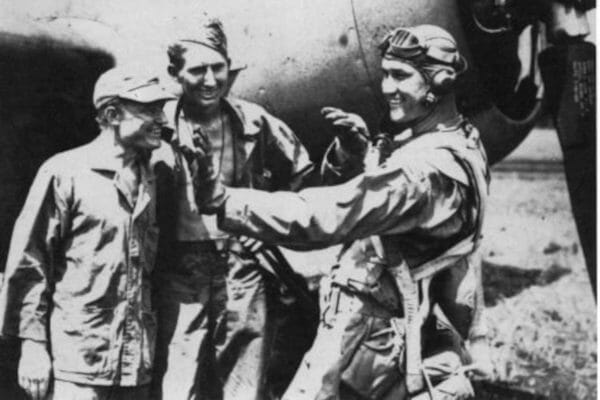
By March 1942, Bauer was the squadron commander of Marine Fighter Squadron 212, which was sent to the island of Efate in the New Hebrides island chain (now known as Vanuatu). That’s where Bauer earned the nickname Coach, which stemmed from his “inspirational leadership style, aggressive air combat philosophy, and the fact that he was 10 years senior to the squadron’s other pilots,” according to a 2008 edition of Fortitudine, a Marine Corps historical bulletin.
By August 1942, the U.S. captured a newly constructed Japanese airfield on Guadalcanal, an island with vital strategic purposes for both sides. The Japanese weren’t willing to give it up easily, though, so a months-long campaign to get it back began. The U.S. had to defend the airfield, called Henderson Field, from an enemy who outnumbered them two to one.
Bauer volunteered to be one of the pilots to do so. During the months in which the island was contested, he led by example, going on dangerous missions and checking up on the members of his squadron who were tasked with defending Henderson Field.
Bauer’s actions from late September to mid-October cemented his place in history.
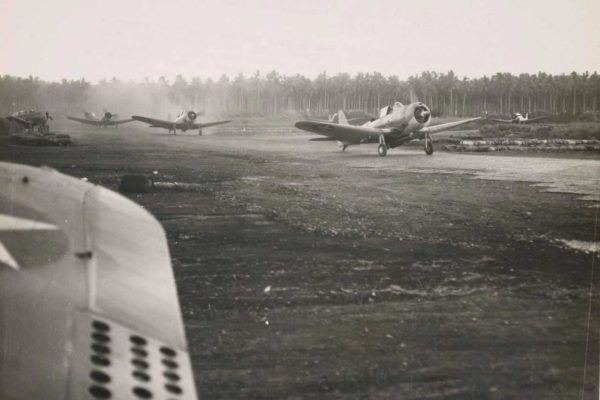
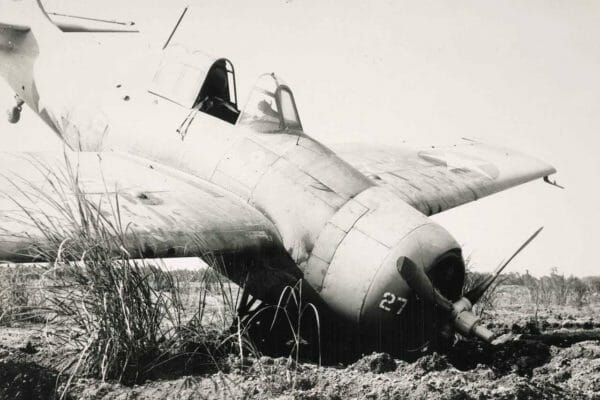
On Sept. 28, 1942, Bauer shot down a Japanese bomber during battle. On Oct. 3, he shot down four enemy fighter planes and left a fifth badly damaged. His biggest feat, however, came on Oct. 16. That day, Bauer led a 26-aircraft sortie over 600 miles to reinforce the aerial campaign at Guadalcanal, which was struggling due to weeks of fighting. While circling land, Bauer noticed several enemy planes attacking the USS McFarland, which was delivering fuel and ammunition to the island. Without hesitation, Bauer went after the entire squadron. He was credited with destroying four enemy aircraft before he was forced to land due to a lack of fuel.
Bauer earned the Medal of Honor for those brave actions, but his mission wasn’t over yet. In fact, a week after coming to the McFarland’s aid, he was named commander of Guadalcanal’s air defense forces, according to Fortitudine.
On Nov. 14, 1942, Japan made one last major effort to recapture Guadalcanal. During the fight, Bauer and two other pilots attacked an approaching Japanese transport ship. Bauer shot down at least one enemy aircraft, but he was hit, too, and had to ditch his aircraft in the water.
Bauer’s fellow pilots saw him floating in the sea but couldn’t get to him, so they had to return to the island to get a search-and-rescue plane. According to Fortitudine, the men had to abort their rescue effort after it got dark. They returned to the waters where they had last seen Bauer the next day, but he was nowhere to be found. Bauer was never seen again.
Bauer was initially listed as missing, but when the war ended, he was declared killed in action. His name is listed on the Wall of the Missing at the Manila American Cemetery and Memorial in the Philippines.
During his months of defending Henderson Field, Bauer was credited with downing 11 Japanese aircraft.
On May 11, 1946, the Medal of Honor was presented to Bauer’s widow and their son, Bill, by Maj. Gen. Field Harris at Camp Miramar, California. The medal was eventually donated to the National Museum of the U.S. Marine Corps in Quantico, Virginia.
Bauer continues to be remembered across the force. An airfield on Vanuatu that he supervised the construction of prior to his Guadalcanal missions was named Bauerfield in his honor. The destroyer escort USS Bauer, which operated from 1957 to 1973, also honored his name. In 2008, Bauer was inducted into the Naval Aviation Hall of Honor in Pensacola, Florida.
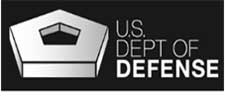
U.S. Department of Defense
The Department of Defense provides the military forces needed to deter war and ensure our nation’s security. The foundational strength of the Department of Defense is the men and women who volunteer to serve our country and protect our freedoms. Visit www.defense.gov/ to learn more.
from https://ift.tt/32Wv5id
via IFTTT

No comments:
Post a Comment